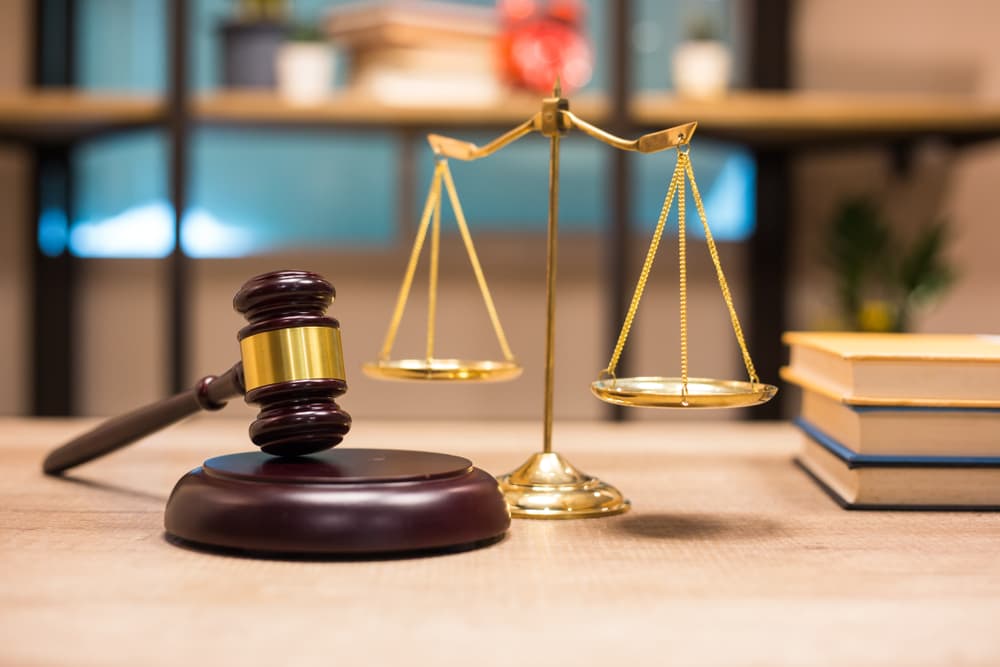Dealing With Injuries To Areas Of The Spinal Cord
Injuries to areas of the spinal cord are typically caused by a sudden and severe impact to the spine, and can lead to life altering disabilities. These injuries can come from many sources, such as
auto accidents,
workplace accidents, and even
slip and fall accidents.
Types Of Damage To Areas Of The Spinal Cord
The spinal cord consists of nerves that run down the spinal column from the brain to your lower back, delivering information that enables you to move and feel. When an injury occurs to the spinal cord, this vital information may no longer reach below the site of the injury, and the closer the injury is to the brain, the more areas of the body may be affected.
One wrong move can cause a number of major ailments:
- Paralysis- The loss of the ability to move in part or most of the body, typically as a result of an injury to the neck. Paralysis can affect your legs, chest and arms.
- Paraplegia- This is paralysis of the legs and lower body, typically caused an injury to your mid back.
- Quadriplegia- Paralysis of all four limbs. Typical causes of this damage are trauma from accidents, diseases such as polio, or congenital disorders such as multiple sclerosis.
Furthermore, a spinal cord injury is referred to as either complete or incomplete:
- Complete Injury: There is no feeling below the location of the injury.
- Incomplete Injury: There is still some feeling or movement.
Recent Research On Injuries To Areas Of The Spinal Cord
There are several ways to treat injuries to areas of the spinal cord, the most common being management, surgery, steroid treatment, and rehabilitation. Each of these offer varying degrees of success, depending on the severity of the injury and the quality of care.
However, research is moving forward on new techniques to treat spinal cord injuries, and recently a new procedure has shown some success. This technique uses precisely timed nerve stimulation through the use of magnets. For patients with spinal cord injuries, this procedure has been shown to temporarily improve their ability to use their hands, according to
recent spinal cord injury research.
The research was able to produce the following success:
- Increases in the amount of force patients could exert with a finger for up to 85 minutes
- After stimulation, patients could also complete a dexterity task more quickly than before
According to lead researcher Monica Perez, PhD, “Human electrophysiology can be a powerful tool for developing therapies,” Perez commented. “We need to explore new targets to improve rehabilitation strategies by taking advantage of our knowledge in human physiology and their mechanisms.”
Legal Action Produces A Different Kind Of Success
In many cases, spinal cord injuries are the fault of another party, whether they are the driver of a car or motorcycle, the seller of a malfunctioning product, or a the owner of hazardous property. When such a situation exists, the victim of a spinal cord injury may have a legal claim.
As an example of the
types of settlements that can be achieved, the following recent cases related to injuries to areas of the spinal cord show major success, according to the Buffalo News:
- Erie County government paid $7 million to settle a claim from a 39-year-old woman who suffered brain damage after she nearly drowned in a county-guarded swimming pool in August 2009.
- A Williamsville man collected an eight-figure settlement after the construction accident left him paralyzed from the chest down after a construction accident in 2004.
If you or a loved one has suffered a spinal cord injury,
request a Free Case Consultation or call (312) 924-7575 to speak with a lawyer now.
David Abels
Partner
David Abels has carved a niche for himself in the personal injury law sector, dedicating a substantial part of his career since 1997 to representing victims of various accidents. With a law practice that spans over two decades, his expertise has been consistently recognized within the legal community.
Author's Bio



